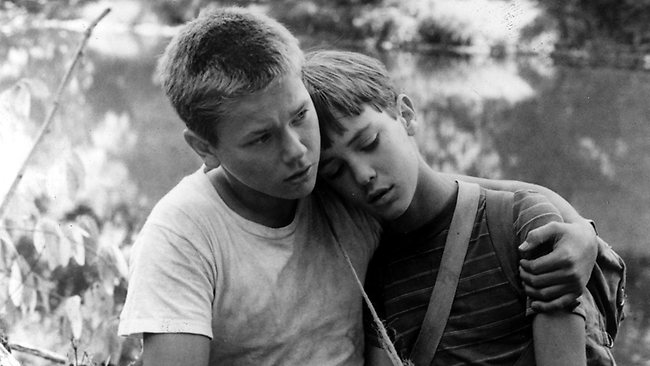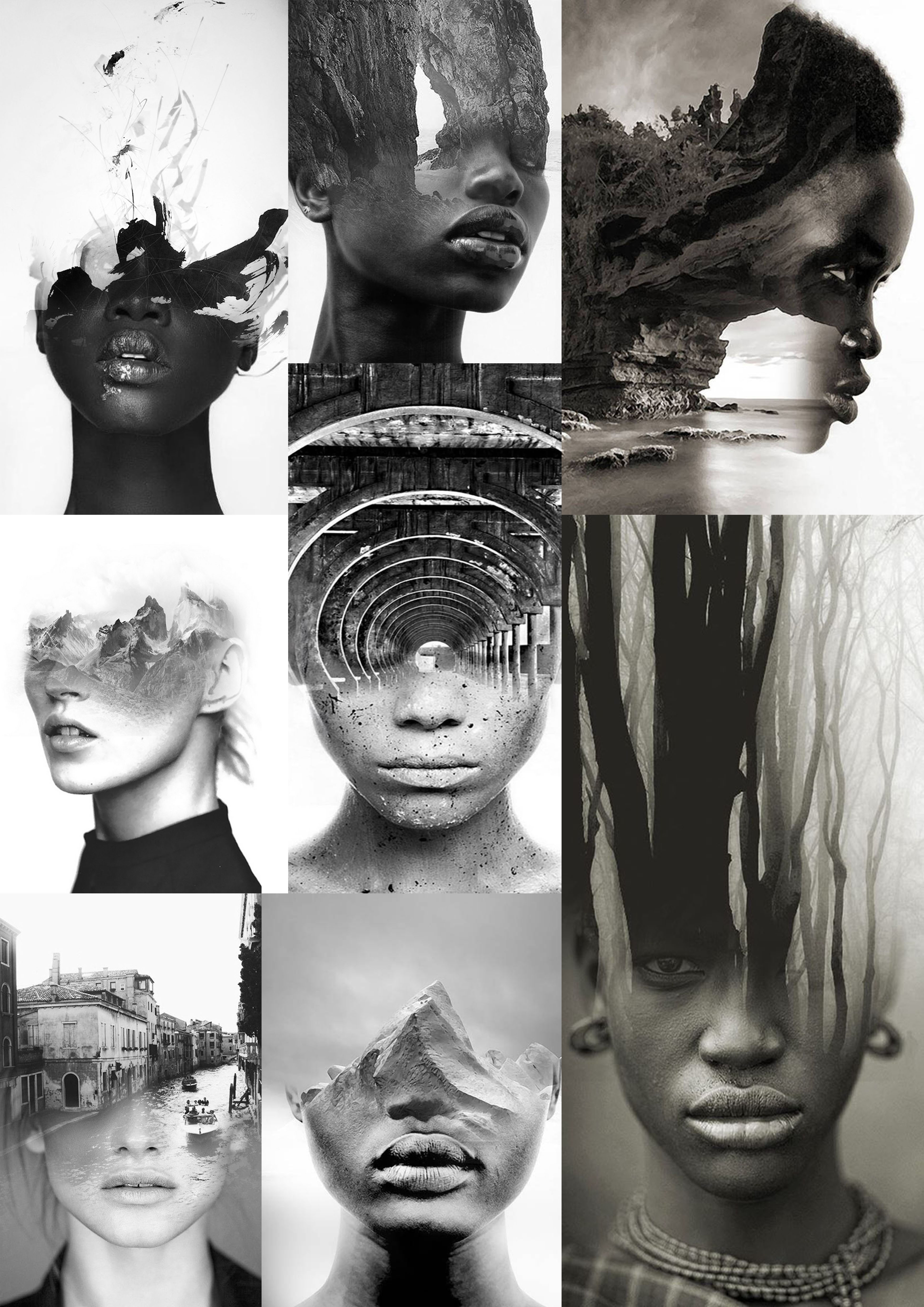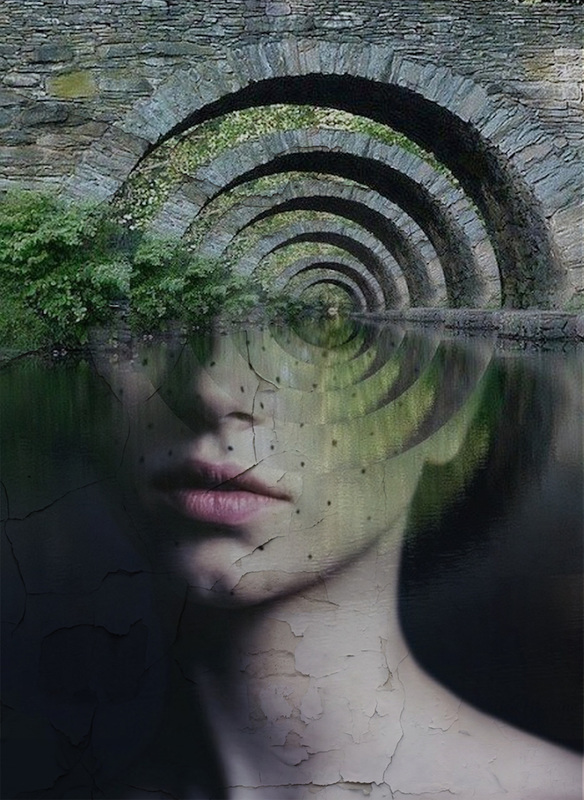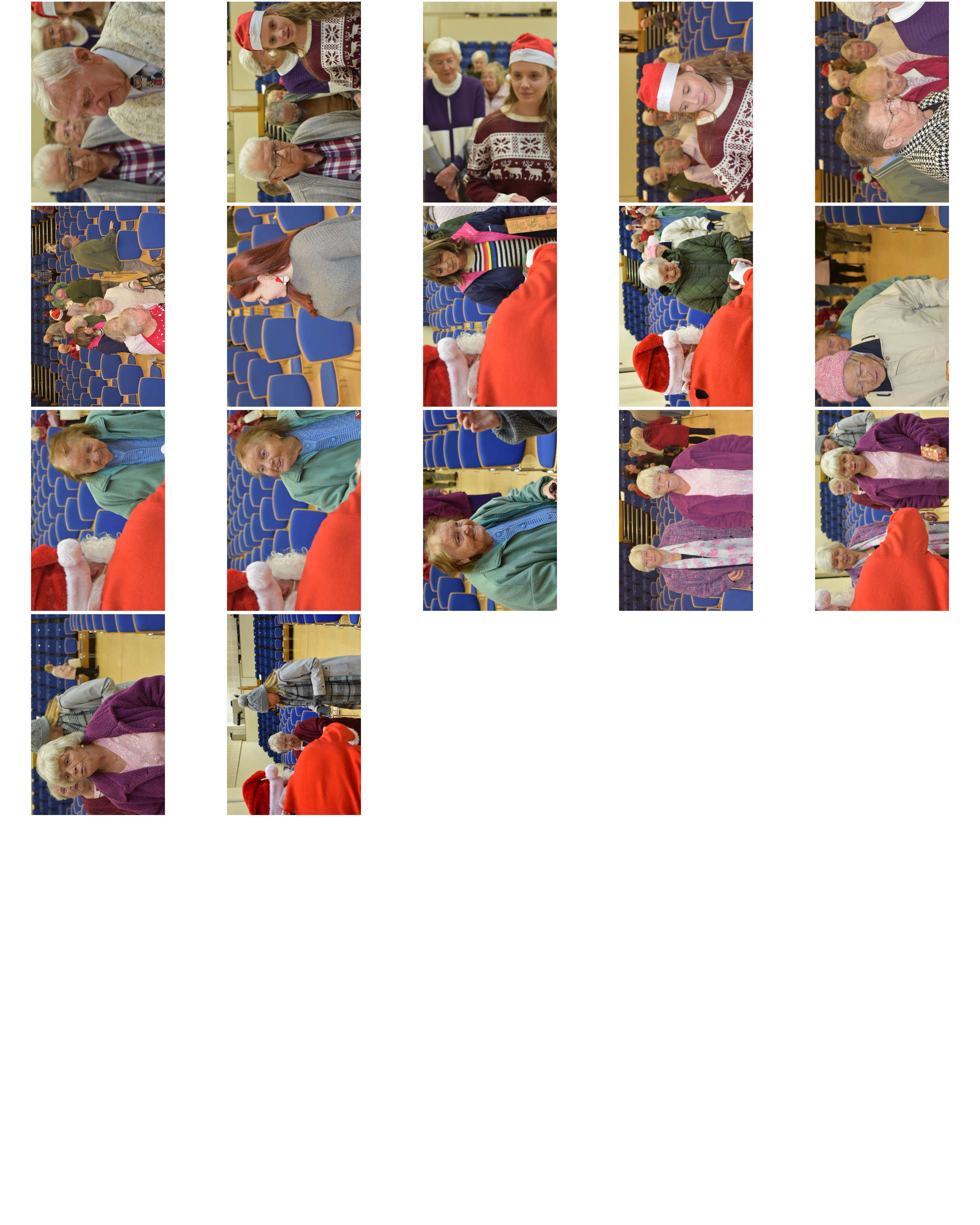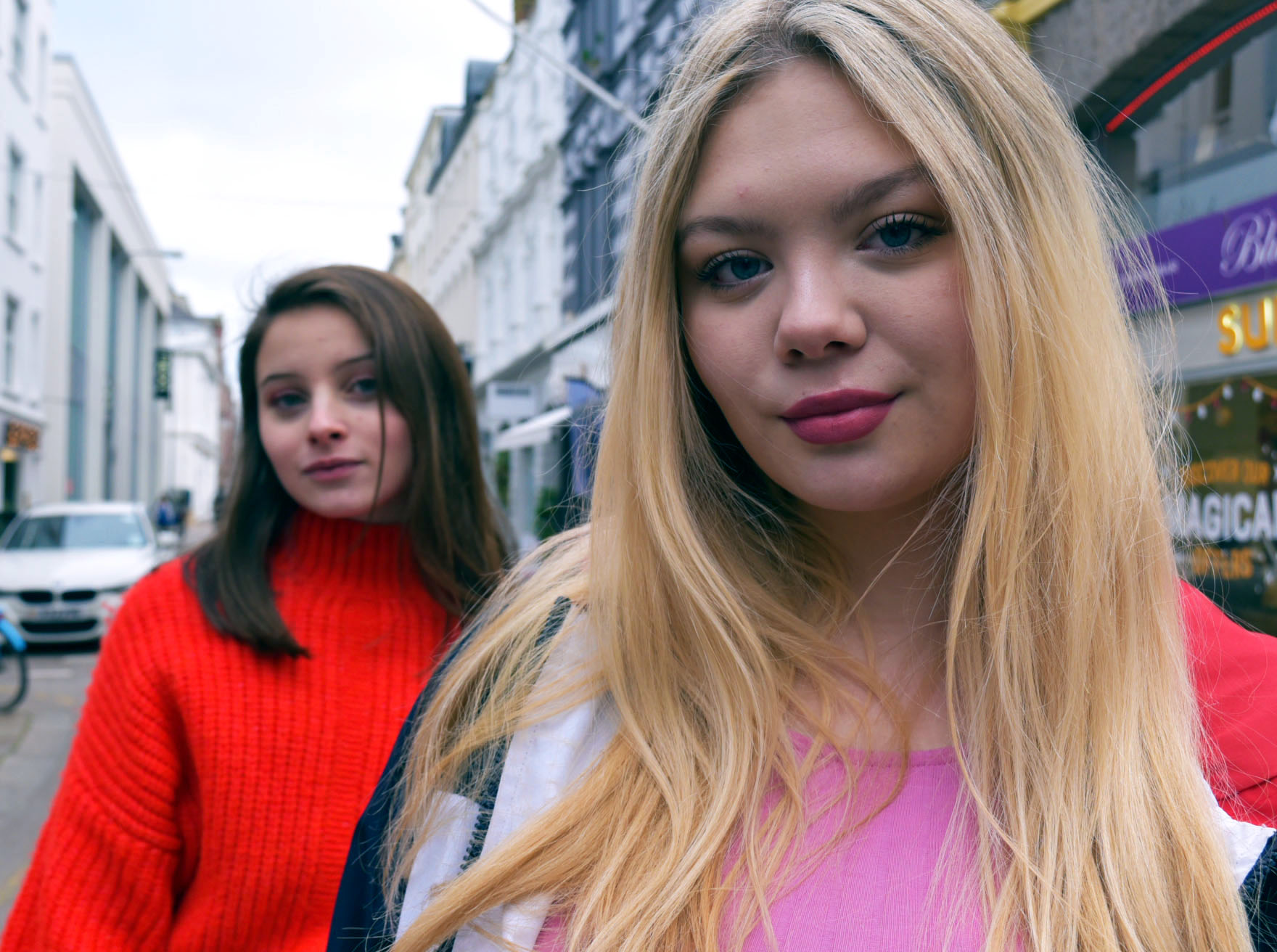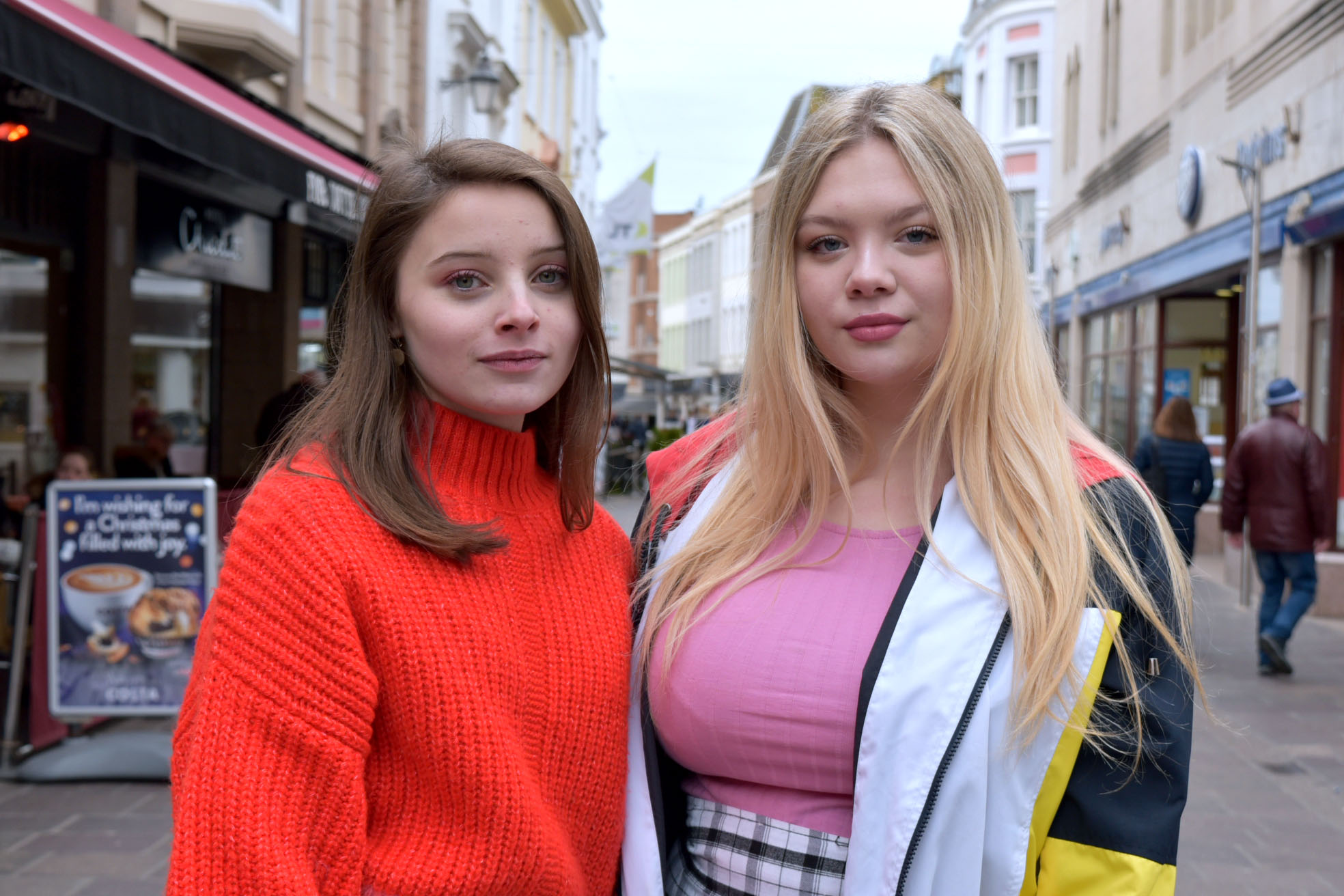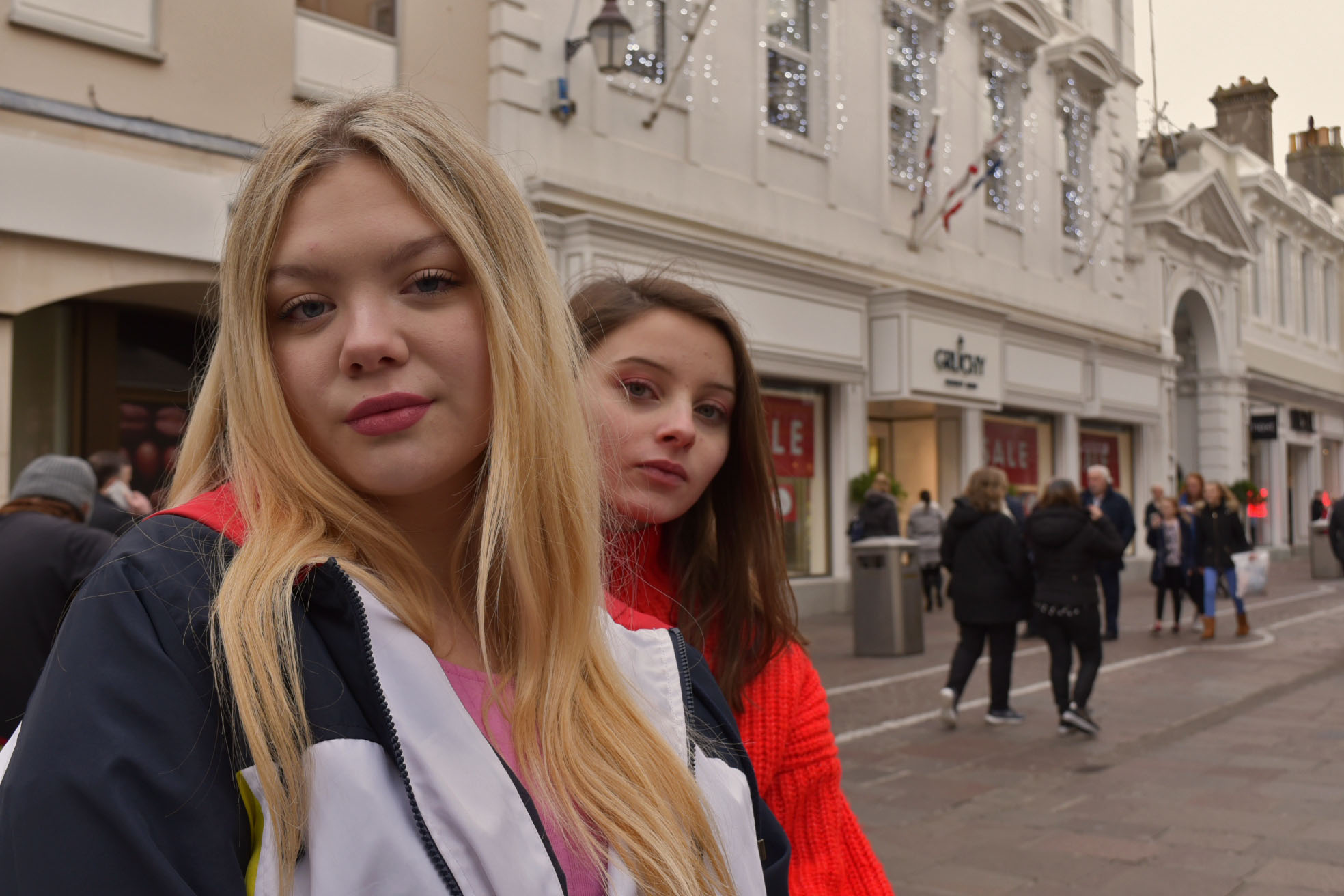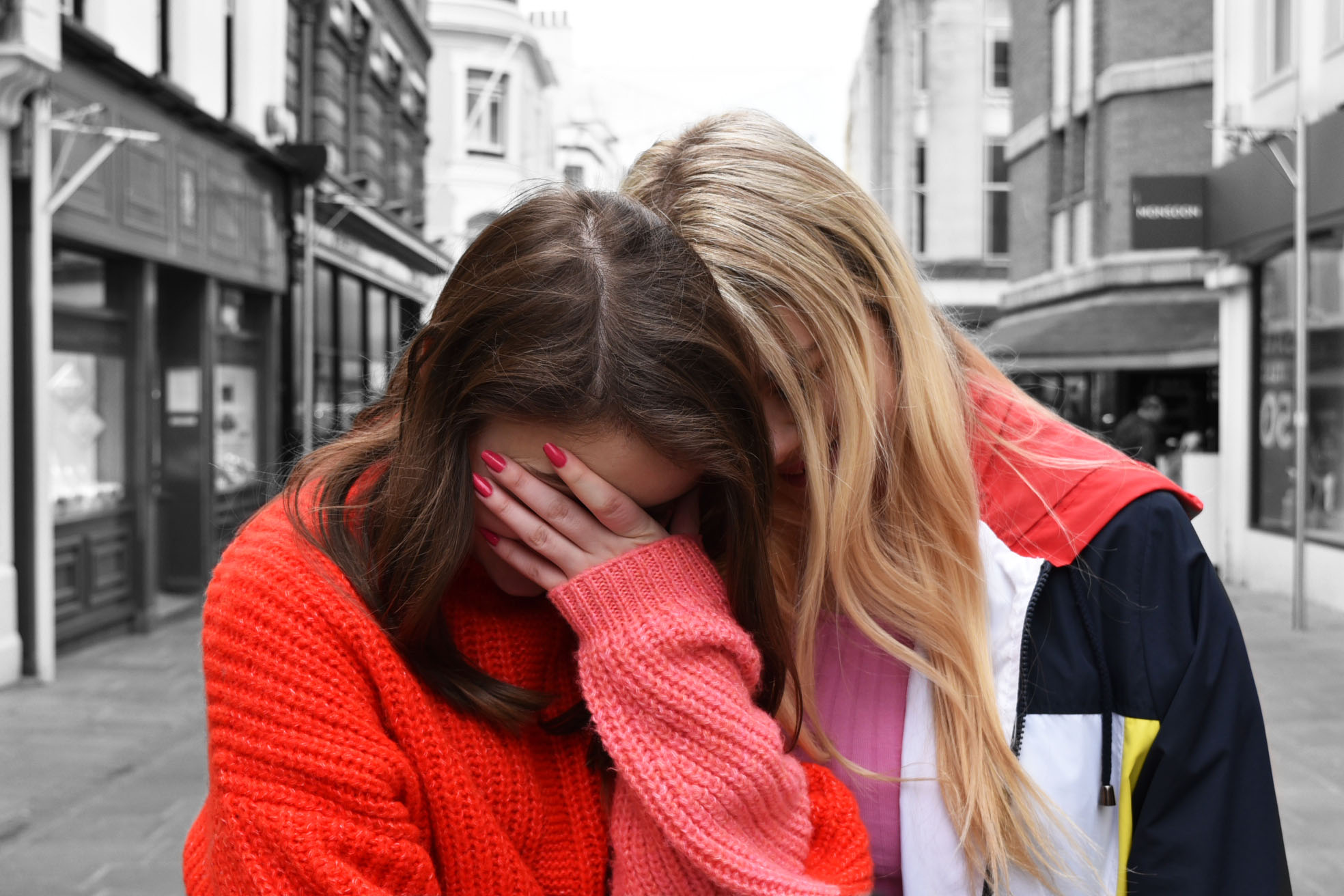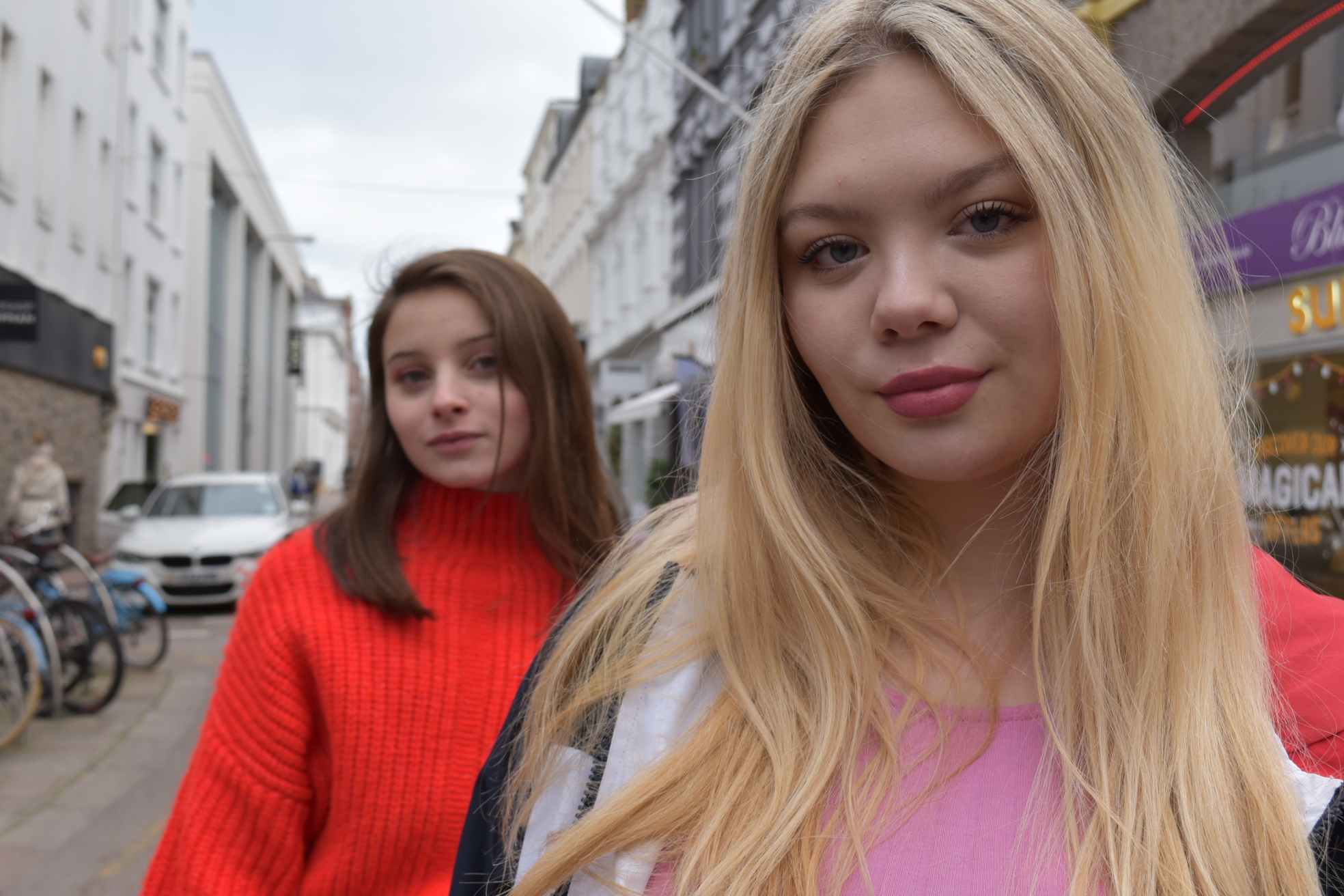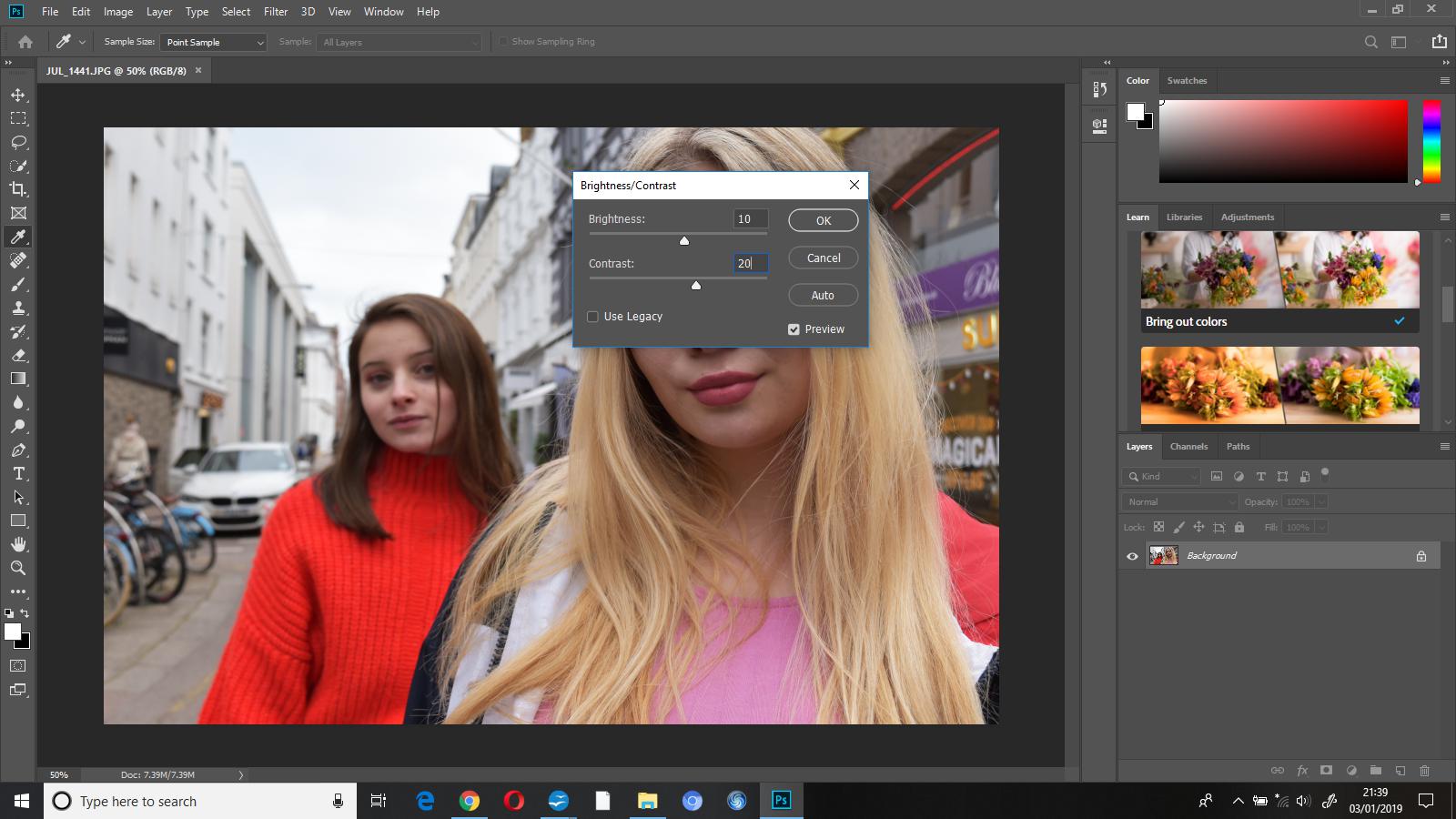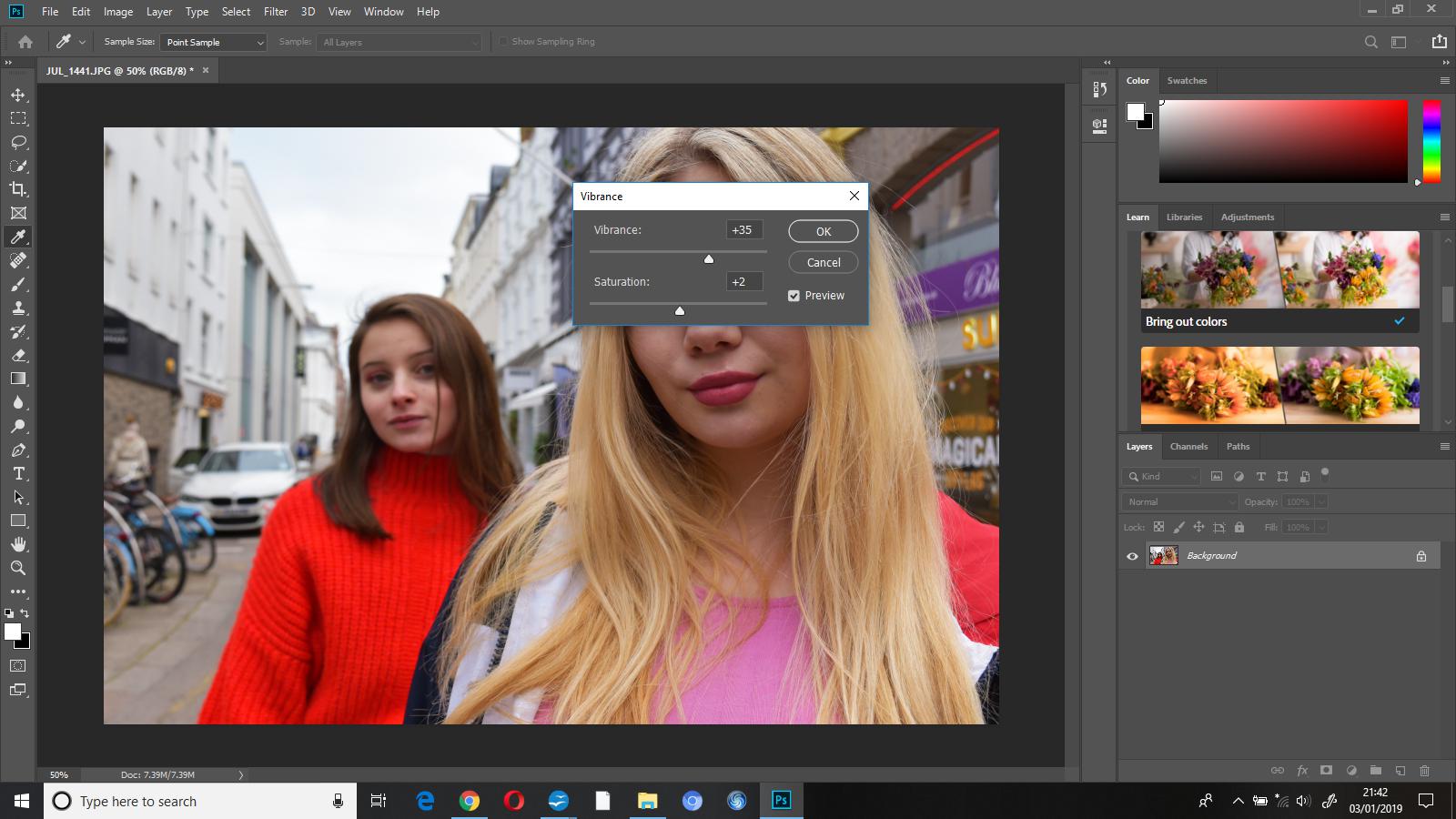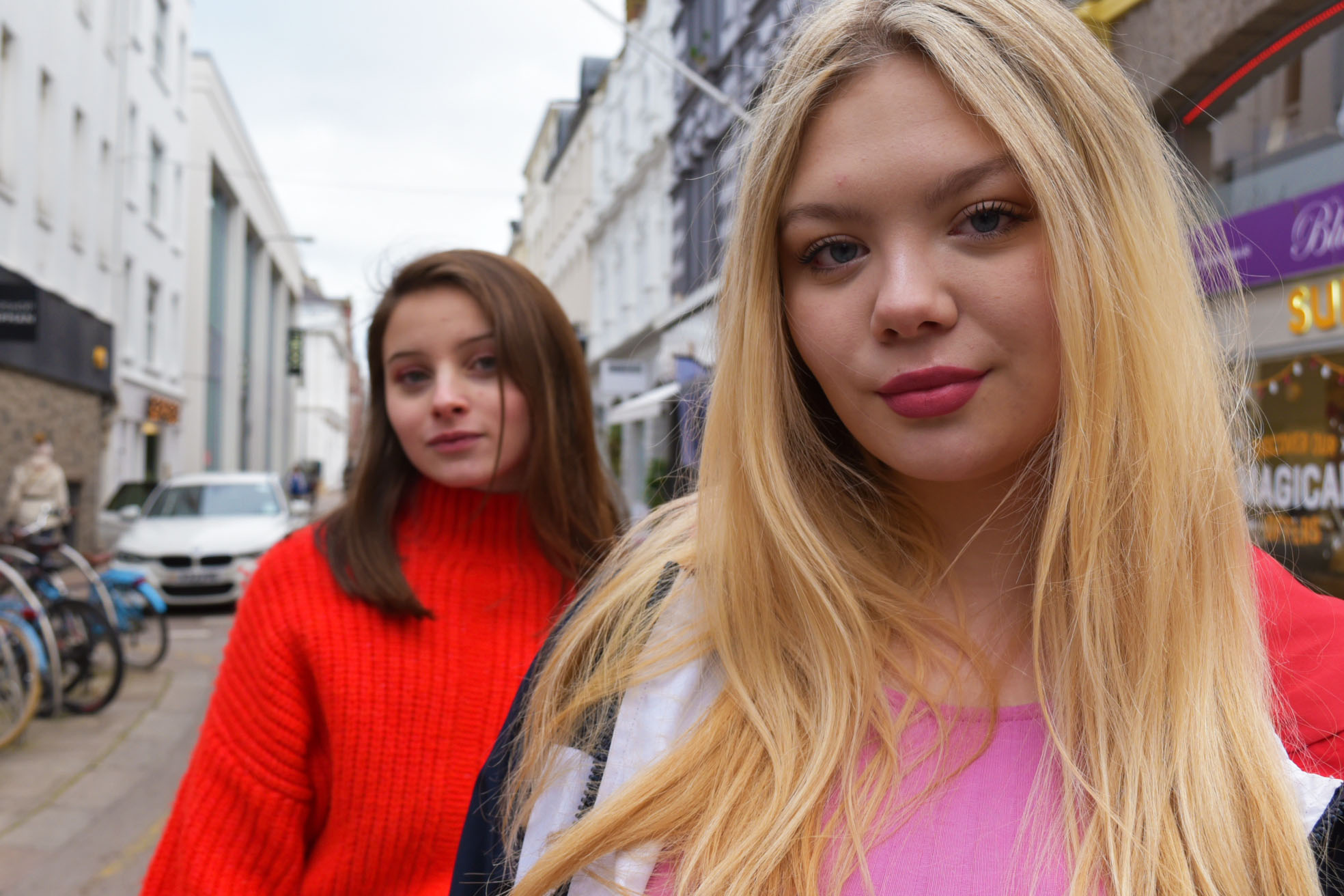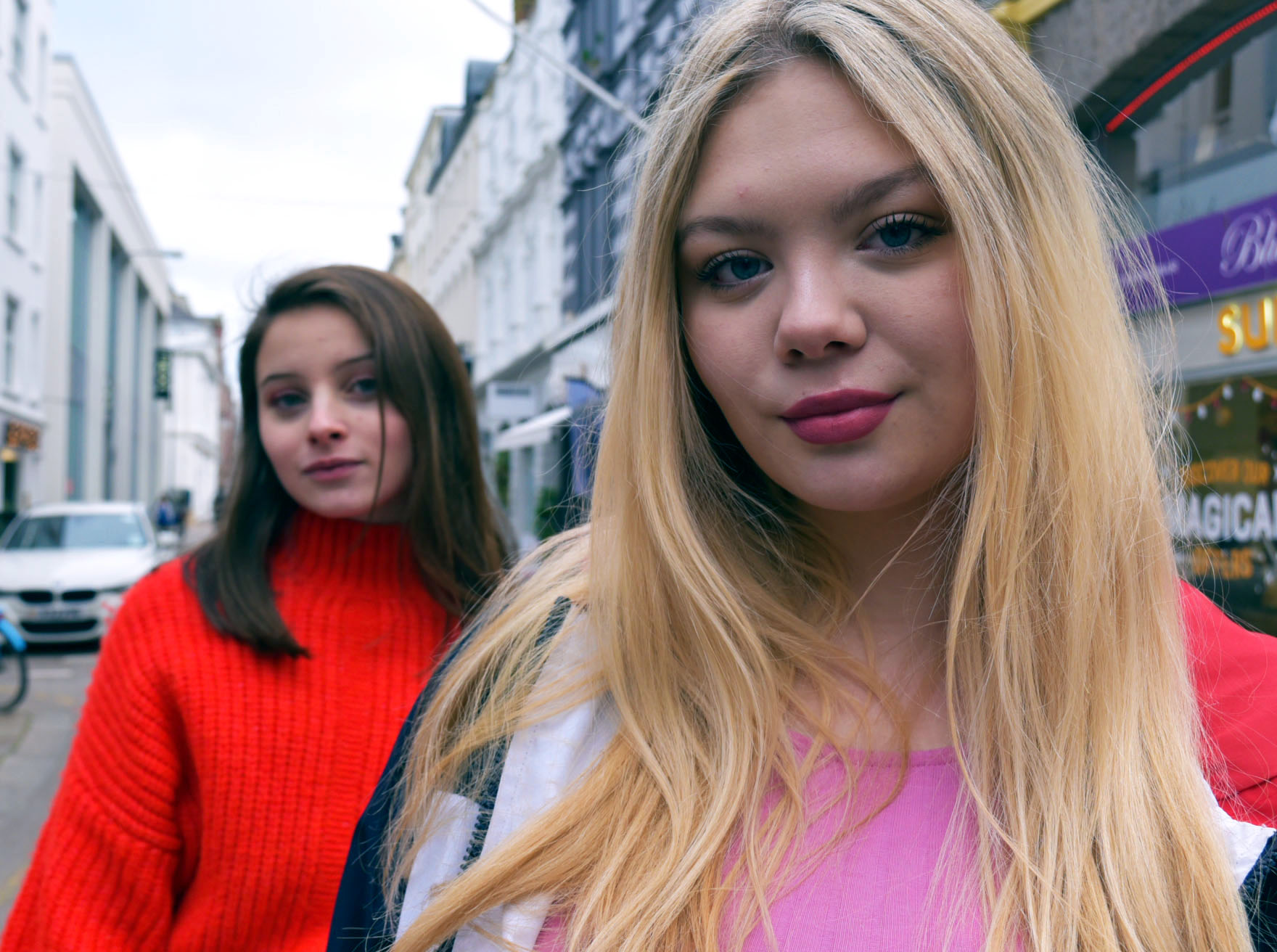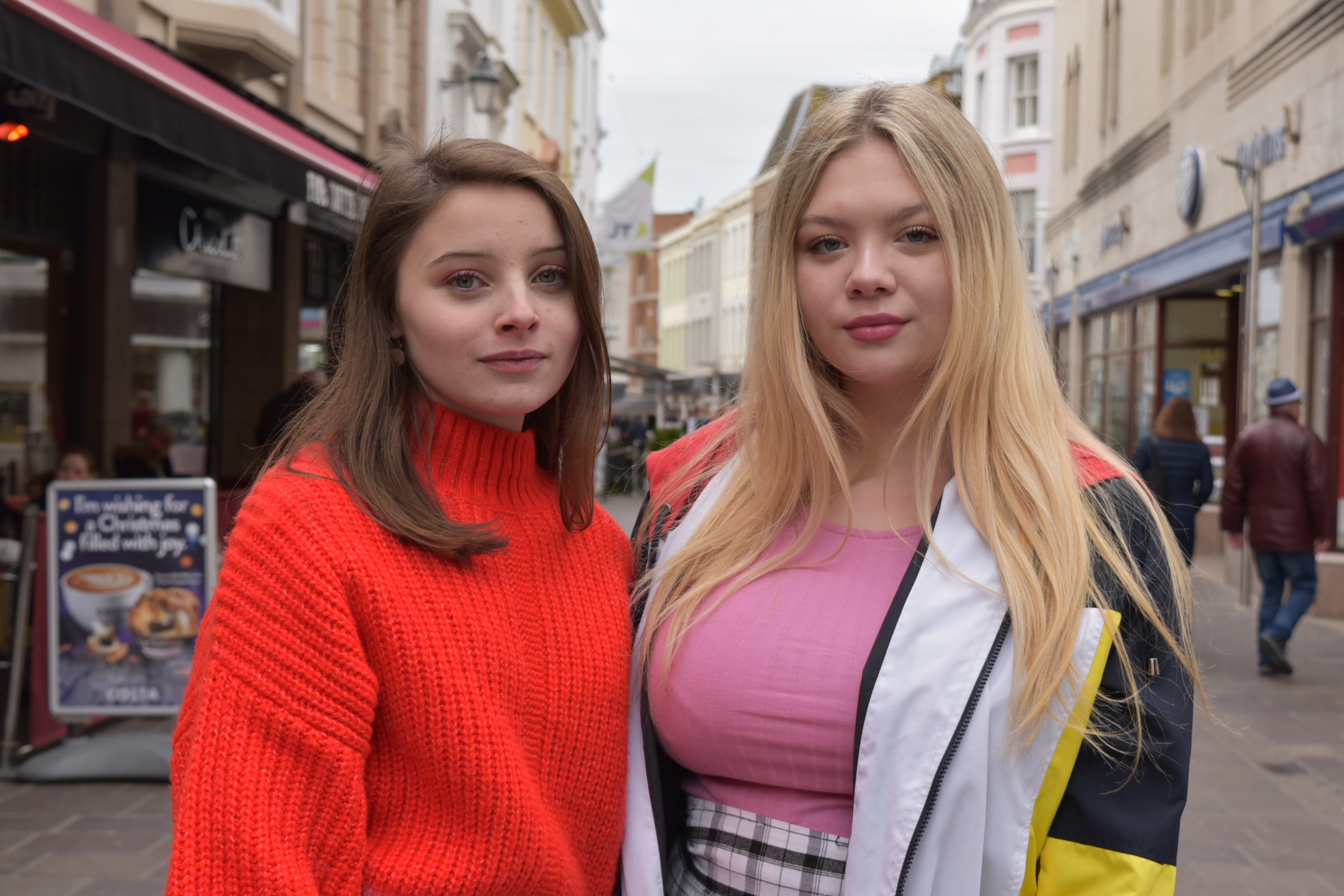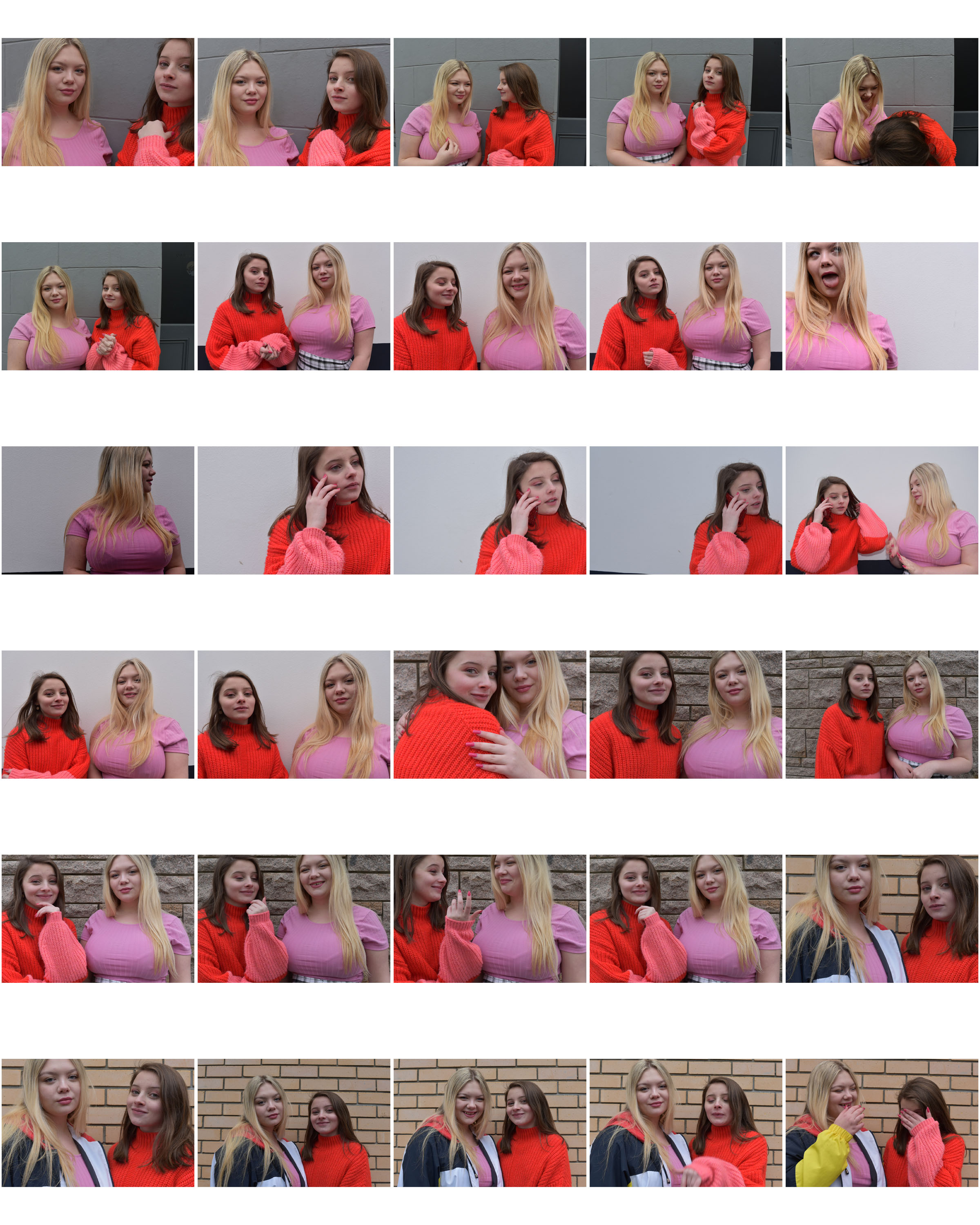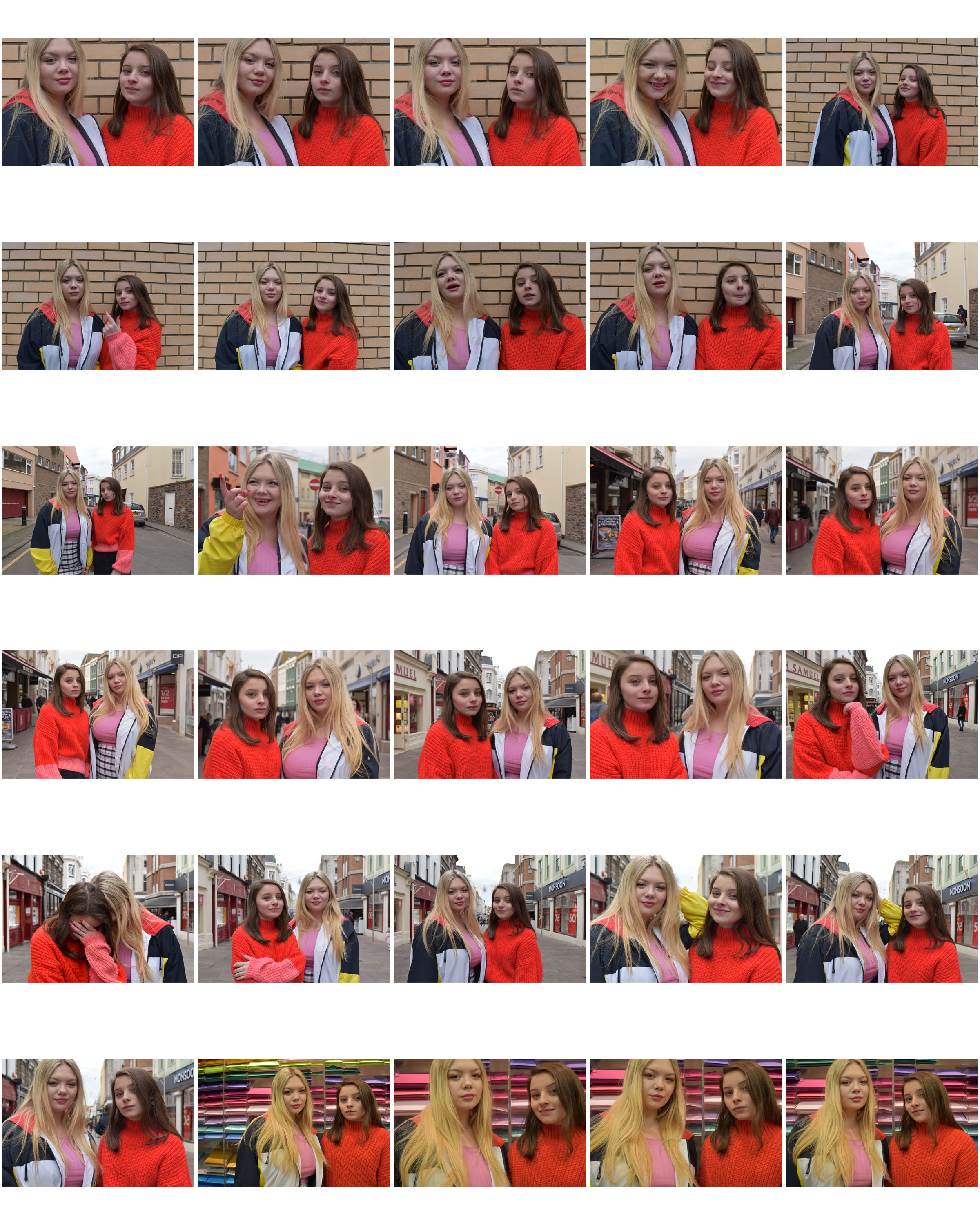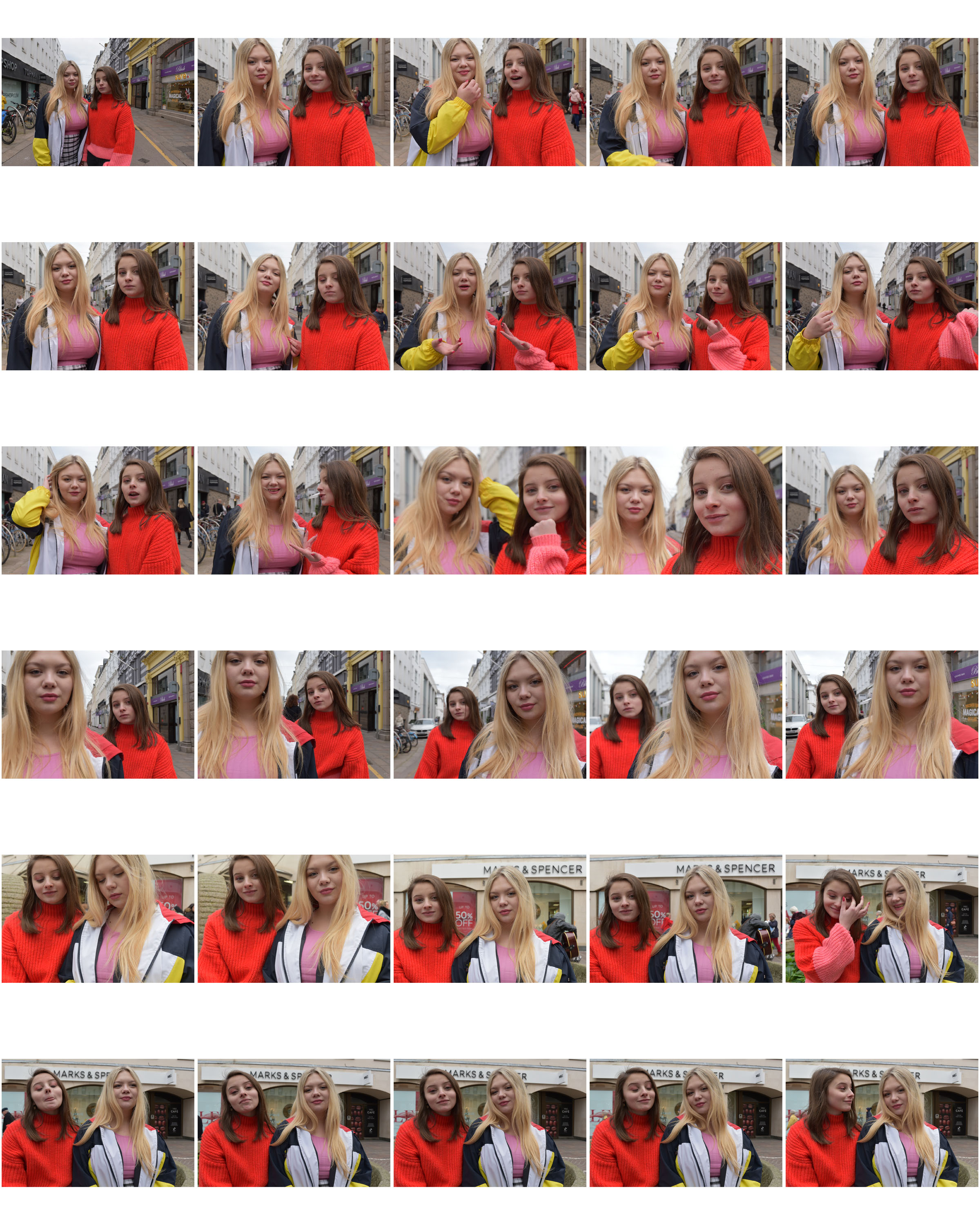Masked Portraits:
My inspiration for my masked portrait project was Ralph-Eugene Meatyard. He always believed that everyone is connected but when you use the mask, you take away the differences. Everyone is unique and individual but also the same. Taking away from the trivial importance of appearances.
Meatyard once explained his reasons for the project, saying “the idea of a person, a photograph, say, of a young girl with a title ‘Rose Taylor’ or the title ‘Rose’ or no title at all becomes an entirely different thing. ‘Rose Taylor’ is a specific person, whether you know her nor not. ‘Rose’ is more generalized and could be one of many Roses—many people. No title, it could be anybody.” And in the same way, a mask “serves as non-personalizing a person.”

This inspired me as it allows for individuality without concern for appearances or reason so be insecure over these differences. This project allowed me to explore portraiture without a need to worry about a physical appearance, giving me more freedom to compose the images how I wanted to, and be able to photograph a person without the focus being on the face or the identity of the person behind the mask.
In a way this was liberating as I could tell a story without context or a character. I was able to simply compose the images I wanted with my own narrative. There is no opportunity to “judge a book by its cover” or judge a person by their appearance as it remains concealed throughout the project.
Edited Portraits:
My inspiration for this project came from several things. During the portraiture unit I have been drawn to obscure portraits that focus on particular facial features, especially the eyes. I have always found the eyes to be one of the things I focus on in pictures and wanted to capture this during the project.
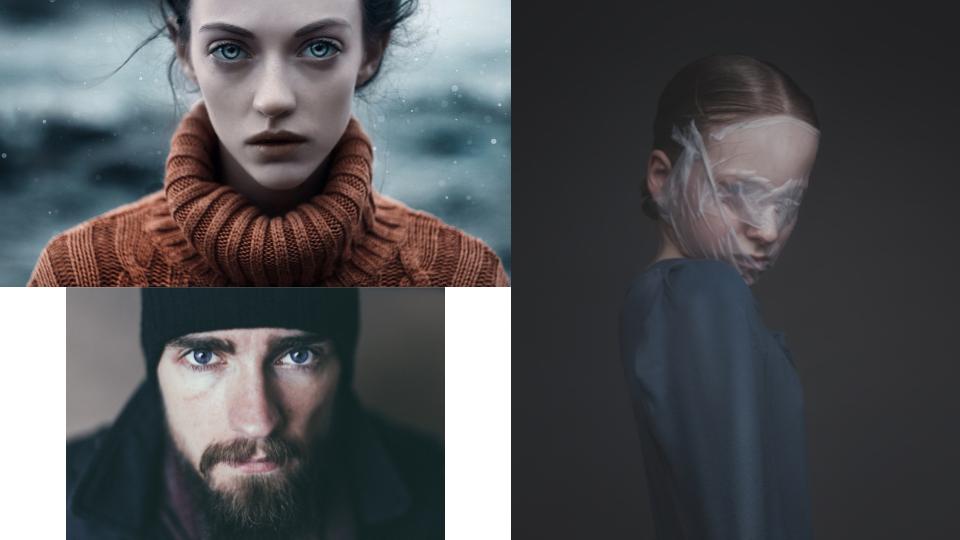
Secondly I was influenced by images regarding covered faced. Whether the face was hidden or partially covered by something in the image or the photograph had been manipulated in some way to hinder the view of the face. I found this really interesting as similarly to my masked portrait project it involves hiding identity.
Despite wanting to cover the face up I did not want both my projects to involve a lack or hiding of identity, so combined partially hidden faces with strong and bold features. My ideas began to flow from there and in the end I combined the things that inspired me and came up with the concept of hiding the face yet capturing the strongest feature on the face which I believe to be the eyes.
My project focuses on covering up the face in order to declutter the image and keep some elements of a hidden identity but in doing so focusing on the rest of the image and especially the eyes.
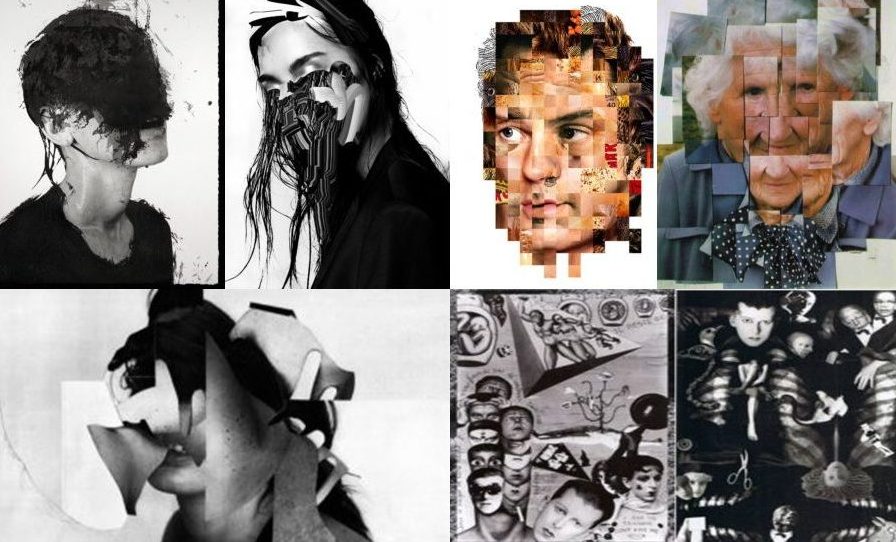






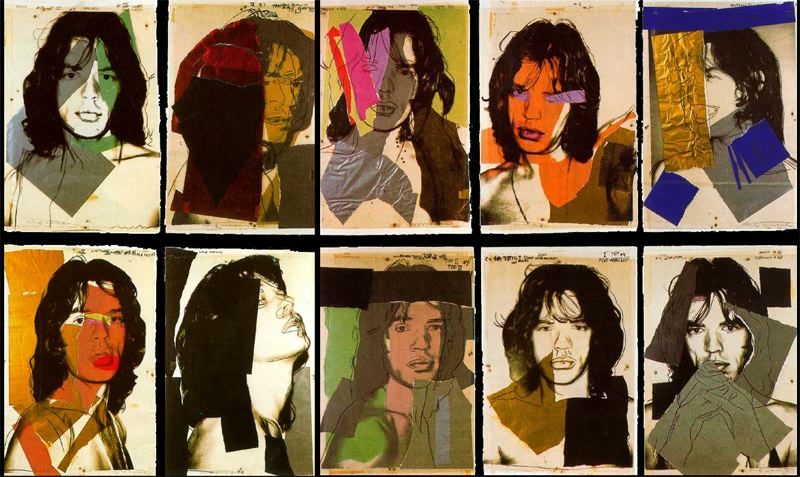
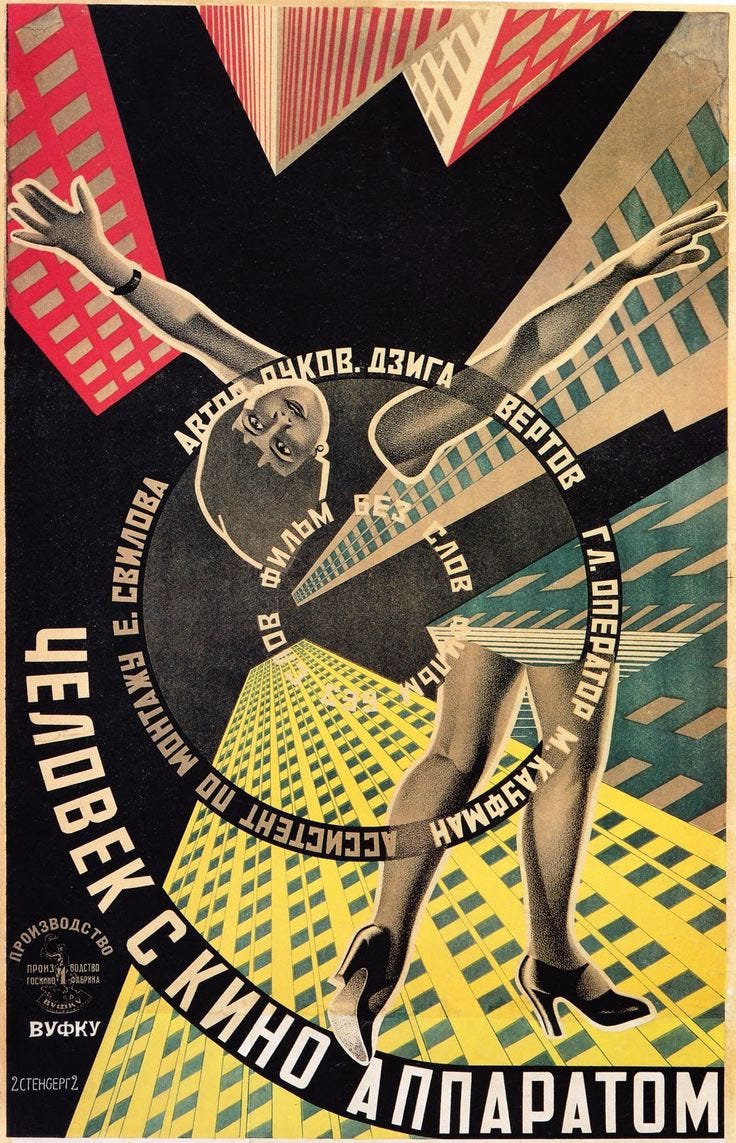
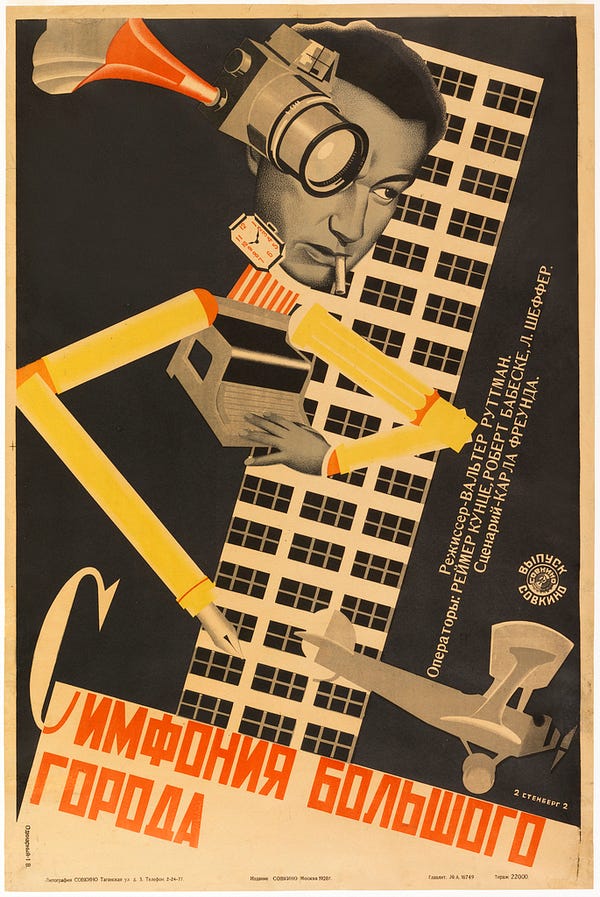
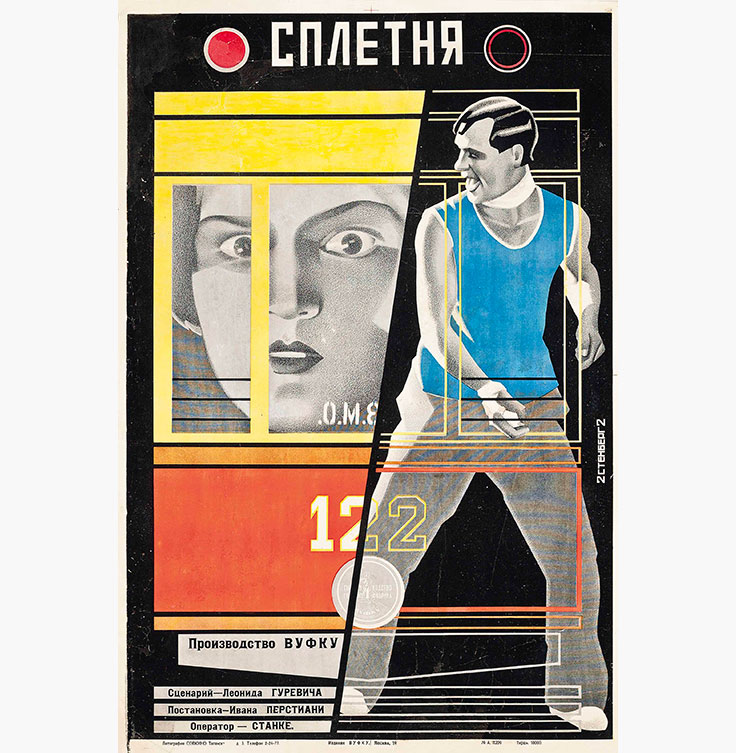
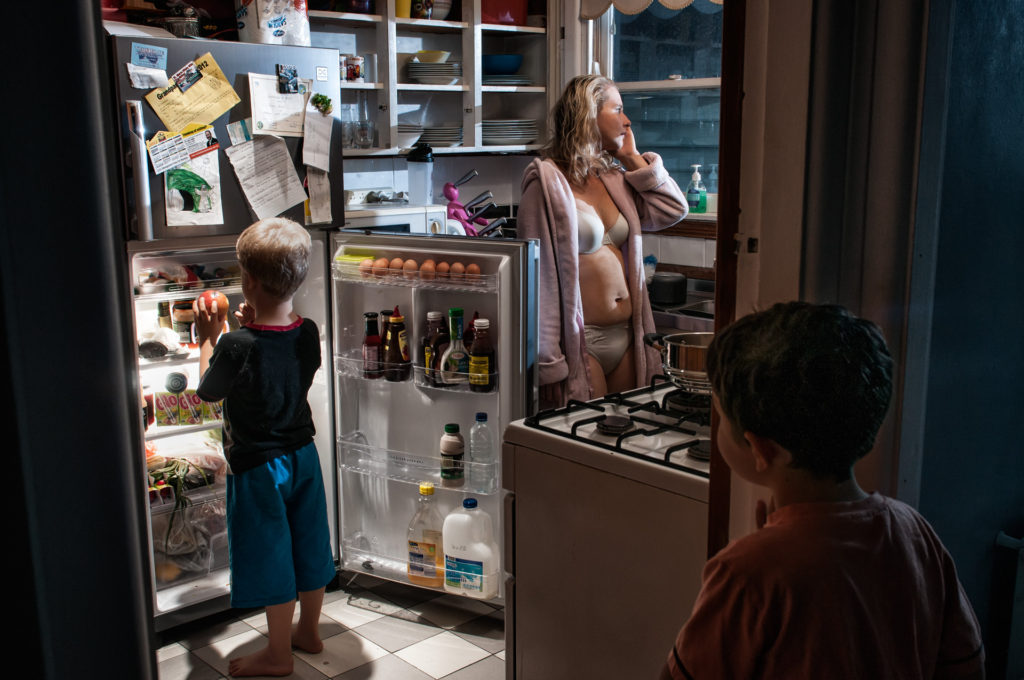
 PAUL M SMITH – LADS NIGHT OUT
PAUL M SMITH – LADS NIGHT OUT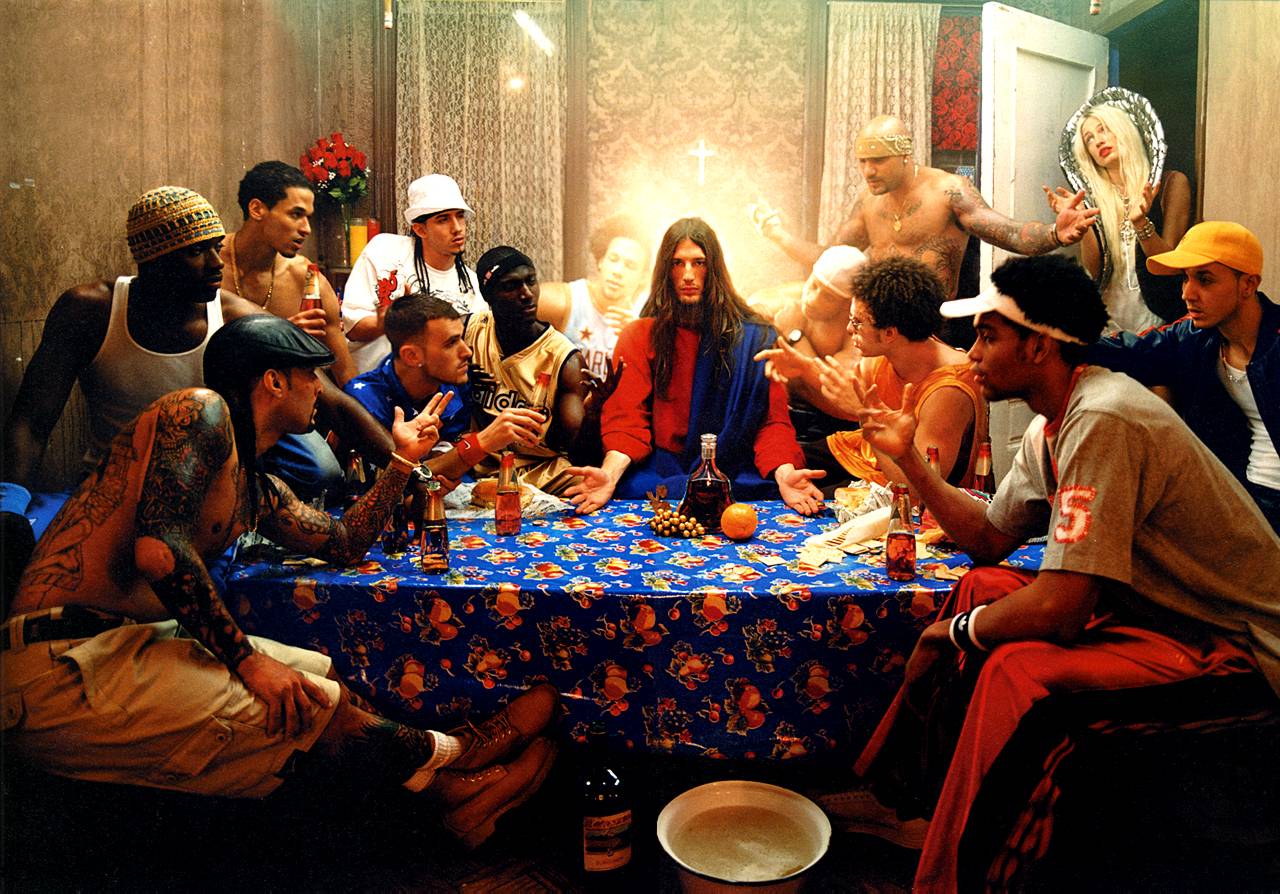 DAVID LA CHAPELLE – LAST SUPER 2008
DAVID LA CHAPELLE – LAST SUPER 2008